Introduction
Walls have stood for centuries as potent symbols of power, protection, and division. They’ve separated civilizations, defined nations, and marked boundaries that have shaped the course of human history. Some have been erected to keep invaders at bay, others to assert dominance, and still others to stop the flow of migration. While walls may seem like relics of the past, their relevance remains strikingly alive in today’s geopolitical landscape. From the Great Wall of China to the U.S.-Mexico Border, border walls continue to spark debates, shape foreign policies, and influence the lives of millions.
Let’s dive into the 10 famous border walls that have left a lasting mark on world history—and, in many cases, still affect our world today. Each of these structures has its unique story, serving as both physical barriers and cultural landmarks.
1. The Great Wall of China: A Giant Legacy
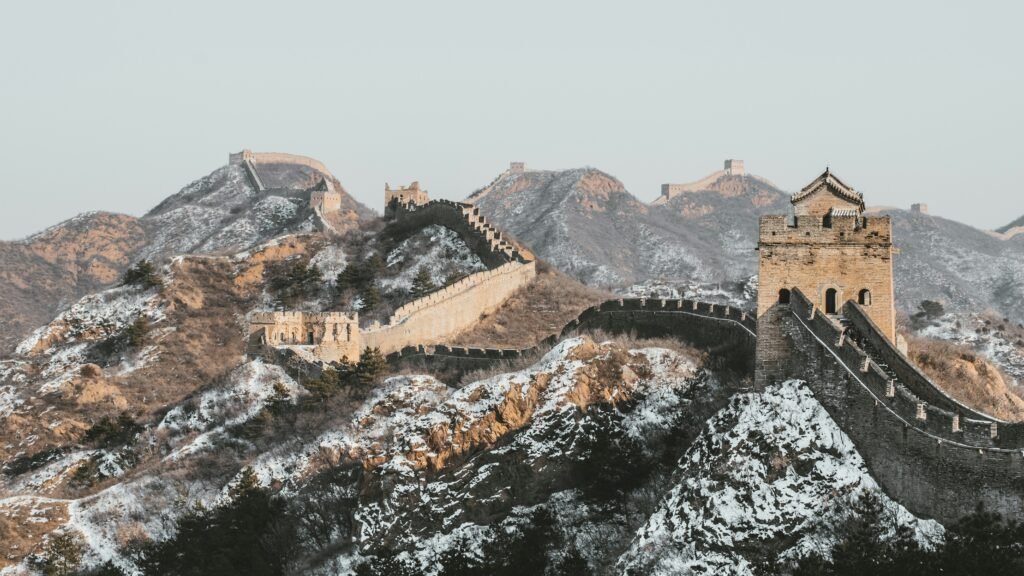
An Unstoppable Force
When you think about border walls, the first one that likely pops into your mind is the Great Wall of China. Stretching over 13,000 miles, this mammoth structure was built to protect Chinese dynasties from northern invaders, notably the Mongols. But its construction wasn’t a quick fix—it spanned multiple dynasties over several centuries.
- Why was it built? To stop raids and invasions by nomadic tribes.
- Fun fact: The Great Wall isn’t one continuous structure. It’s a series of walls and fortifications.
While large parts of the wall have crumbled with time, it still stands as a monumental feat of engineering and a testament to China’s rich history. Yet, ironically, its effectiveness as a defense mechanism is often questioned.
2. Berlin Wall: A Concrete Cold War Symbol
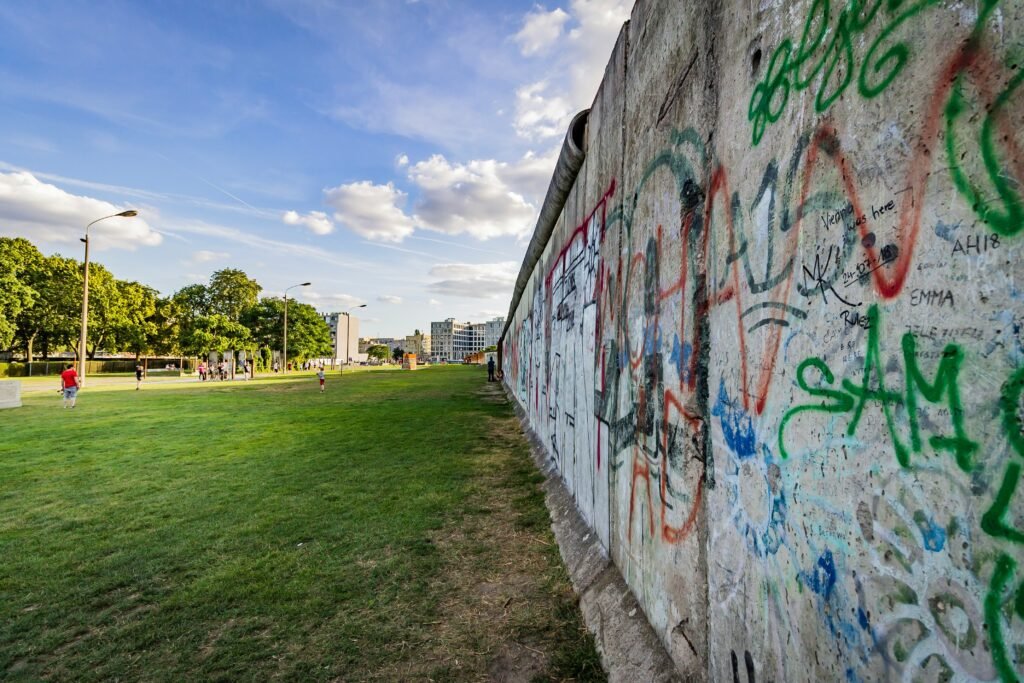
Dividing East and West
Perhaps the most infamous border wall of modern history, the Berlin Wall stood not just as a physical divider, but as a symbolic one. Erected in 1961 by East Germany, the wall split Berlin in two, separating communist East Berlin from capitalist West Berlin during the Cold War. The wall was an unmistakable representation of the “Iron Curtain” that divided Eastern and Western Europe.
- Main purpose: To stop East Germans from fleeing to the West.
- Downfall: The wall came down in 1989, marking the end of the Cold War era.
Its fall was a watershed moment that signified the collapse of the Soviet Union and the reunification of Germany. Today, fragments of the Berlin Wall serve as reminders of a divided past.
3. U.S.-Mexico Border Wall: Controversial in the Present
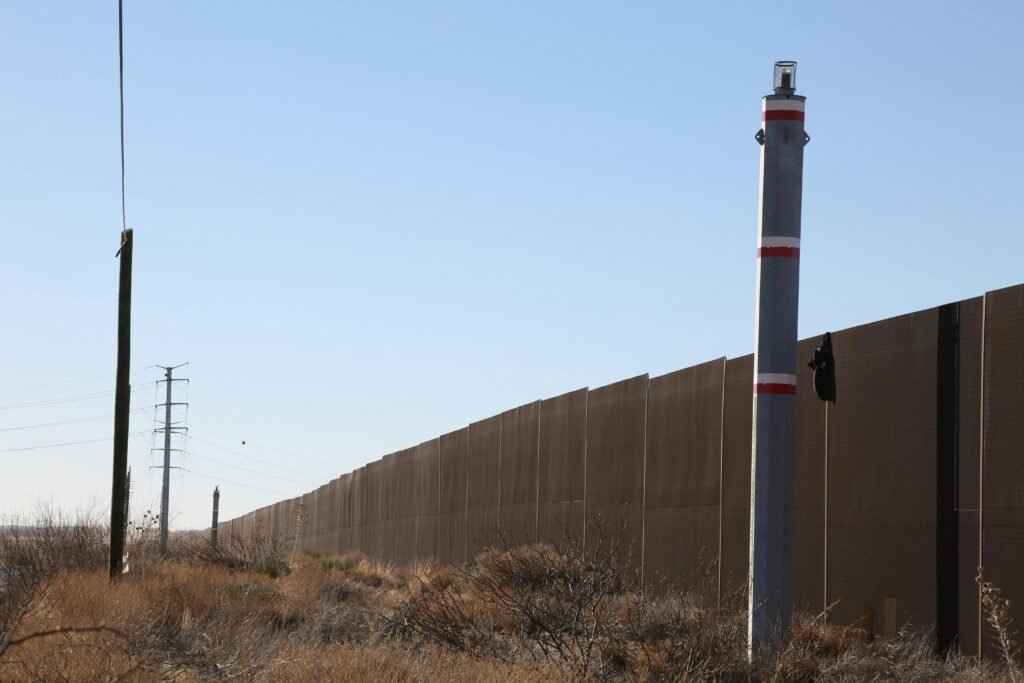
A Political Hot Potato
No discussion about border walls would be complete without mentioning the highly contentious U.S.-Mexico border wall. This wall (or series of walls, fences, and barriers) stretches along nearly 2,000 miles of the southern U.S. border. It’s a project that has sparked intense political debate, especially in recent years.
- Why was it built? Officially, it’s to control immigration, drug trafficking, and security threats.
- Controversy: Some see it as necessary for national security, while others criticize it as ineffective and inhumane.
Though parts of the wall existed before, efforts to expand and fortify it ramped up significantly under U.S. President Donald Trump. The wall is more than just a physical barrier—it’s become a divisive symbol of immigration policy and national identity.
4. Israel’s West Bank Barrier: A Wall of Separation
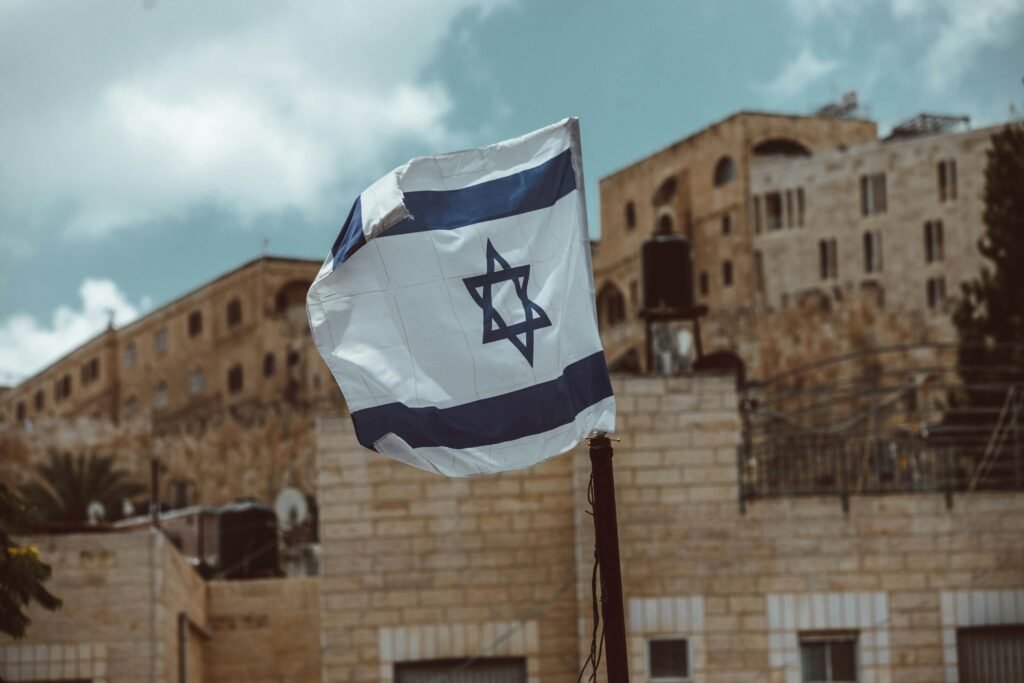
Security or Segregation?
Built during the Second Intifada in the early 2000s, Israel’s West Bank Barrier is another modern-day border wall that’s attracted significant controversy. Officially designed to prevent terrorist attacks, the wall snakes through the West Bank, separating Israeli territory from Palestinian areas.
- Proponents say: It’s a necessary security measure that has significantly reduced violence.
- Opponents argue: It violates international law and deepens the Israeli-Palestinian divide.
With sections of the wall cutting deep into Palestinian territory, it’s a major point of contention in ongoing peace talks, with many questioning its long-term effectiveness in fostering lasting peace.
5. Hadrian’s Wall: Rome’s Northern Frontier
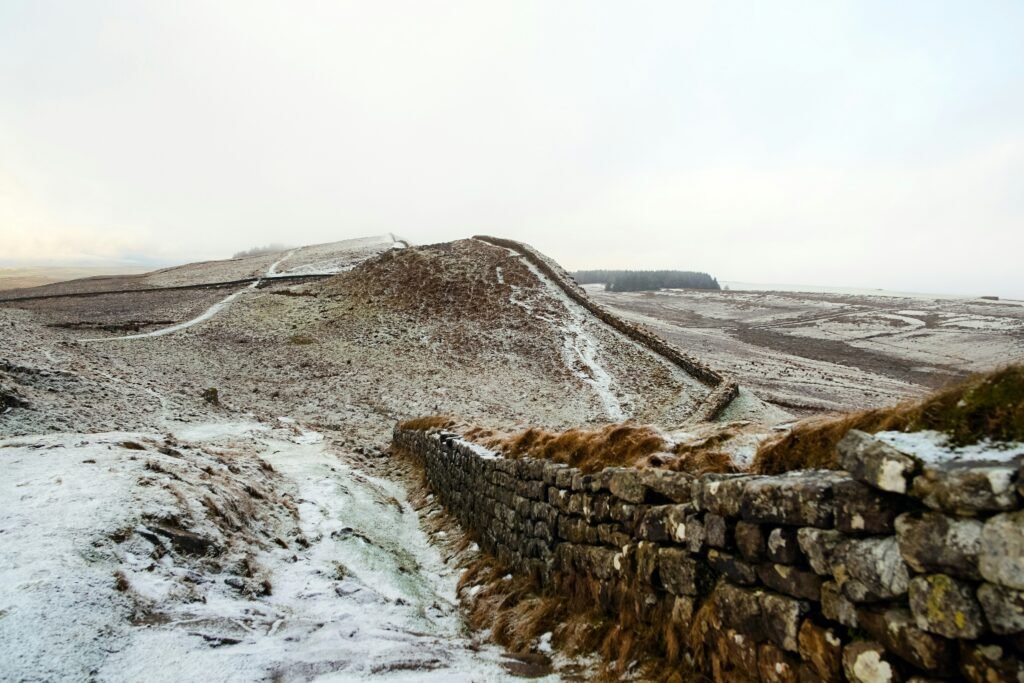
Rome’s Boundary Line
Dating back to the Roman Empire, Hadrian’s Wall was built in 122 AD under the orders of Emperor Hadrian. Located in present-day Northern England, this stone and turf wall was constructed to mark the northern boundary of Roman Britain and keep out the “barbarians” from the north—namely, the Picts and other tribes.
- Length: About 73 miles.
- Purpose: Defense, but also a symbol of Roman strength and control over their territories.
Though parts of the wall remain intact, it’s more of a historical monument today than a functioning border. Its legacy, however, lives on, serving as a symbol of the Roman Empire’s vast reach.
6. The Korean Demilitarized Zone (DMZ): A Stalemate in Concrete

The Last Remnant of the Cold War
Stretching across the Korean Peninsula, the Korean Demilitarized Zone (DMZ) is one of the most heavily fortified borders in the world. It’s a relic of the Korean War, which technically never ended. After the war, the DMZ was established in 1953, creating a 160-mile-long buffer zone between North and South Korea.
- Heavily guarded: Thousands of troops, landmines, and barbed wire separate the two nations.
- The “Peace Village”: Inside the DMZ, the only town, Panmunjom, symbolizes both the tension and the slim hope for reconciliation.
Despite ongoing peace talks, this border wall remains a stark reminder of the continued division between the two Koreas.
7. The Moroccan-Western Sahara Wall: The Forgotten Wall
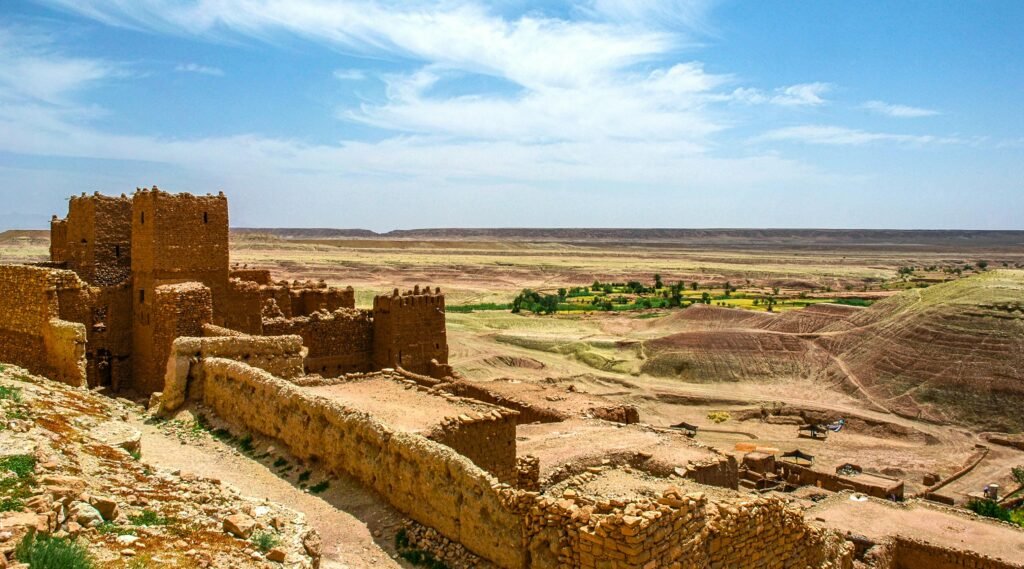
A Disputed Desert Divide
Not as widely known as the Berlin Wall or the U.S.-Mexico Border Wall, the Moroccan-Western Sahara Wall is an enormous structure stretching over 1,600 miles through the Western Sahara desert. Built by Morocco in the 1980s, it’s designed to keep out the Sahrawi rebel group, Polisario Front, which seeks independence for Western Sahara.
- Why it matters: It’s one of the longest continuous walls in the world, yet it’s largely ignored in global discussions.
- Controversy: Morocco claims sovereignty over Western Sahara, but this is hotly disputed by many international bodies.
While the conflict over Western Sahara has largely been frozen for decades, this wall remains a significant factor in the region’s unresolved status.
8. The India-Bangladesh Border Fence: Partition Redux

Bordering Neighbors
While not a “wall” in the traditional sense, the barbed-wire fence along the India-Bangladesh border is one of the longest in the world, stretching over 2,500 miles. Constructed in the 1990s, it’s designed to curb illegal immigration and smuggling.
- Motivation: India wanted to prevent unchecked immigration from Bangladesh, as well as cross-border crime.
- Controversy: The fence separates communities that have lived together for centuries, further deepening the divides created by the 1947 partition of India and Pakistan.
This border fence may not make headlines as often as others, but it significantly affects the daily lives of people in the region.
9. Trump’s Wall Between Scotland and England? Just a Myth!
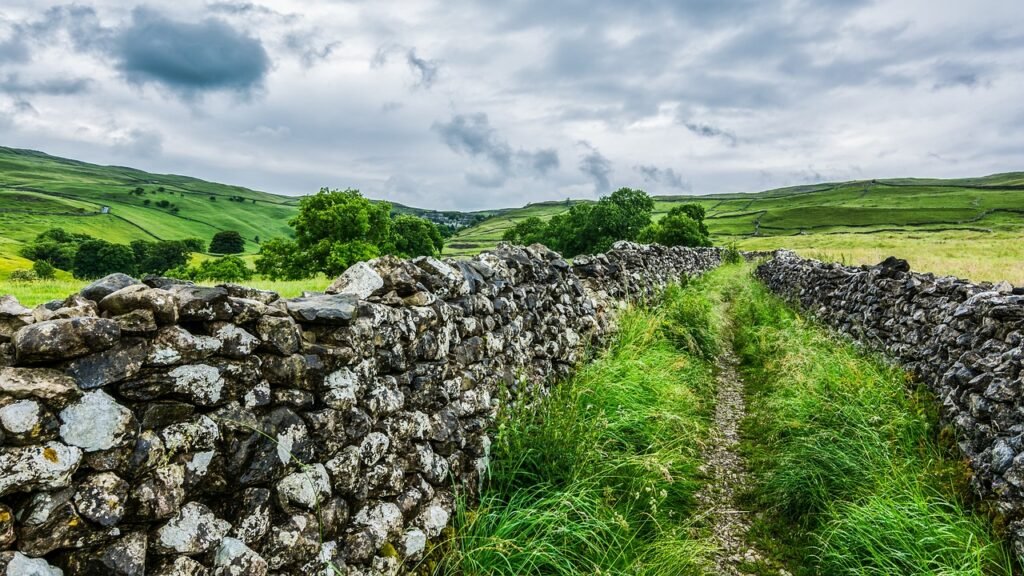
Hadrian’s Wall Redux?
Despite popular folklore, Donald Trump didn’t build a wall between Scotland and England! However, the myth persists, possibly due to confusion with the earlier mentioned Hadrian’s Wall or Trump’s involvement in Scottish real estate. While Hadrian’s Wall may evoke similar imagery, there’s no modern border wall dividing Scotland and England, though Brexit has led to some metaphorical barriers between the UK nations.
10. Ceuta and Melilla Border Fence: Europe’s Entry Point
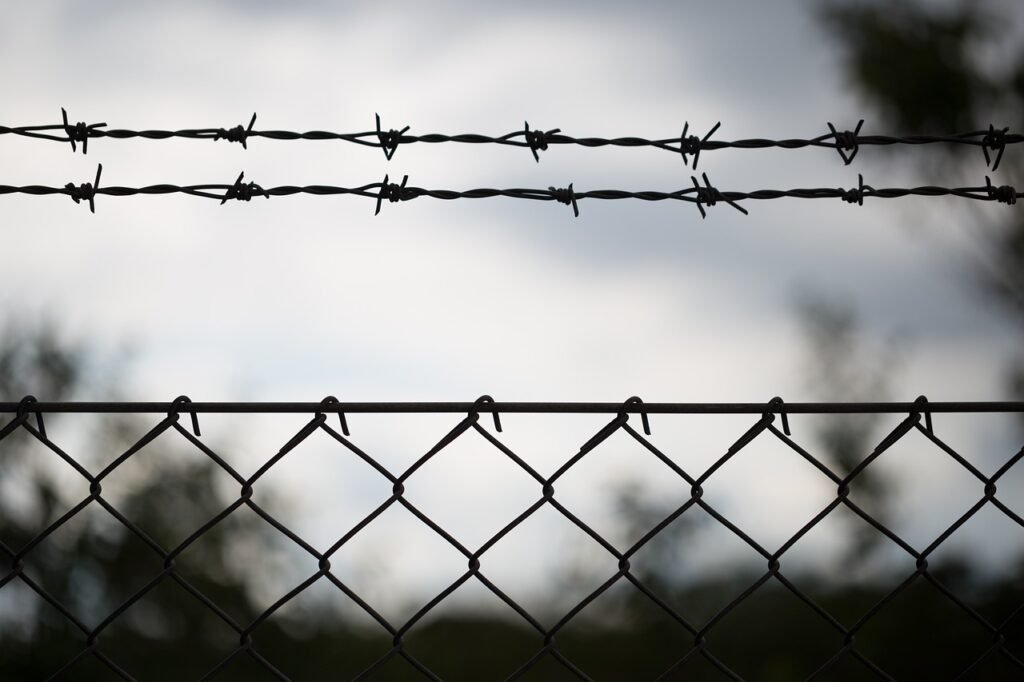
The Gateway to Europe
Ceuta and Melilla, Spanish enclaves in North Africa, have towering fences designed to prevent illegal immigration from Morocco into Spain (and, by extension, Europe). These double fences, equipped with barbed wire and surveillance technology, stand as one of the EU’s main barriers against irregular migration from Africa.
- Purpose: To stop migrants and refugees from crossing into Europe.
- Impact: The fence has led to numerous human rights concerns, as desperate individuals try to scale it.
As Europe grapples with the refugee crisis, these fences have become central to discussions on immigration policy.
FAQs
Q: Are all border walls effective at stopping migration?
A: Not necessarily. While some walls may reduce crossings, many argue that they don’t address the root causes of migration or conflict.
Q: Why do countries continue building walls in the 21st century?
A: Walls are often seen as quick, tangible solutions to complex problems like security, immigration, and territorial disputes, even though they may not offer long-term fixes.
Q: Can border walls ever be positive?
A: It depends on perspective. Some argue that walls can enhance security and reduce conflict, while others believe they perpetuate division and exclusion.
Conclusion
From ancient to modern times, these 10 famous border walls highlight the complex intersections of security, politics, and human division. They are not just physical structures; they are symbols of power, fear, and, in some cases, hope. While they may seem like relics of the past, border walls remain incredibly relevant in today’s global landscape. As long as nations exist, the question of borders—and how to enforce them—will continue to spark heated debate.
